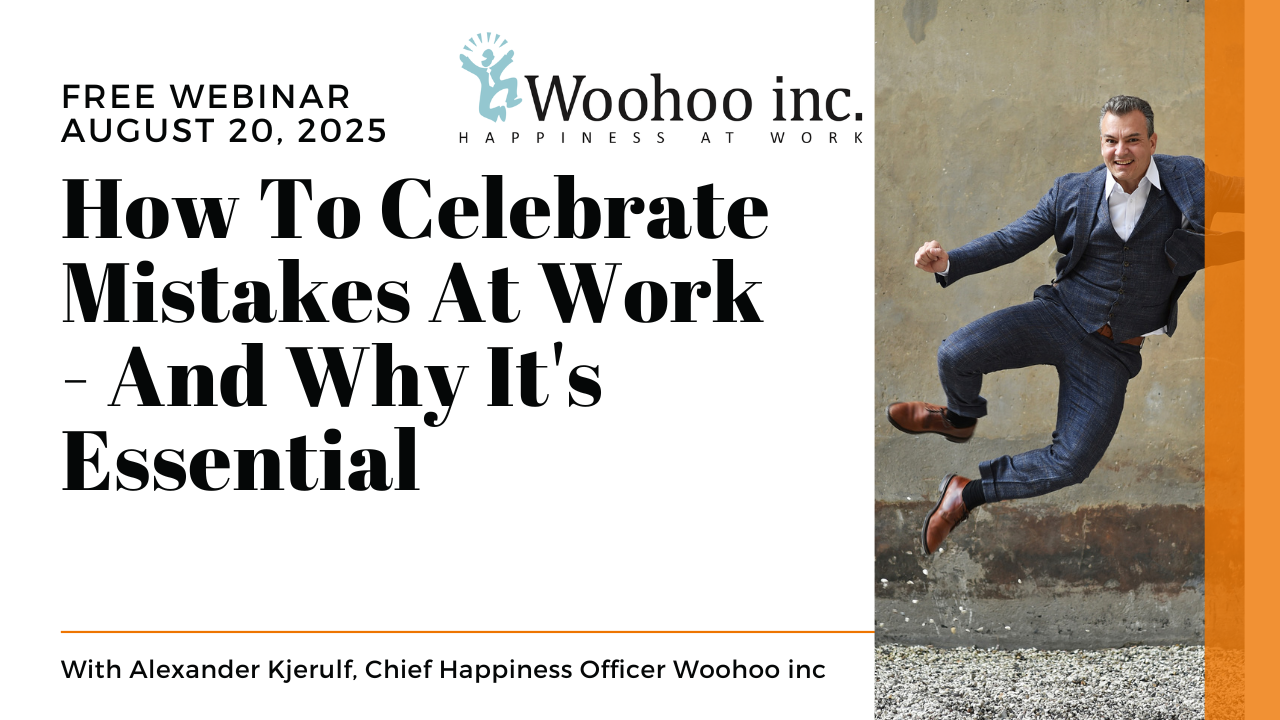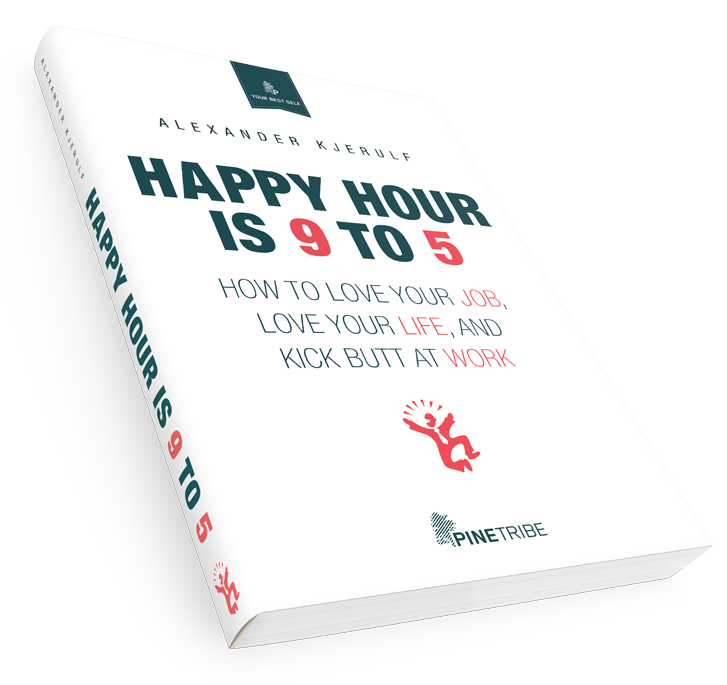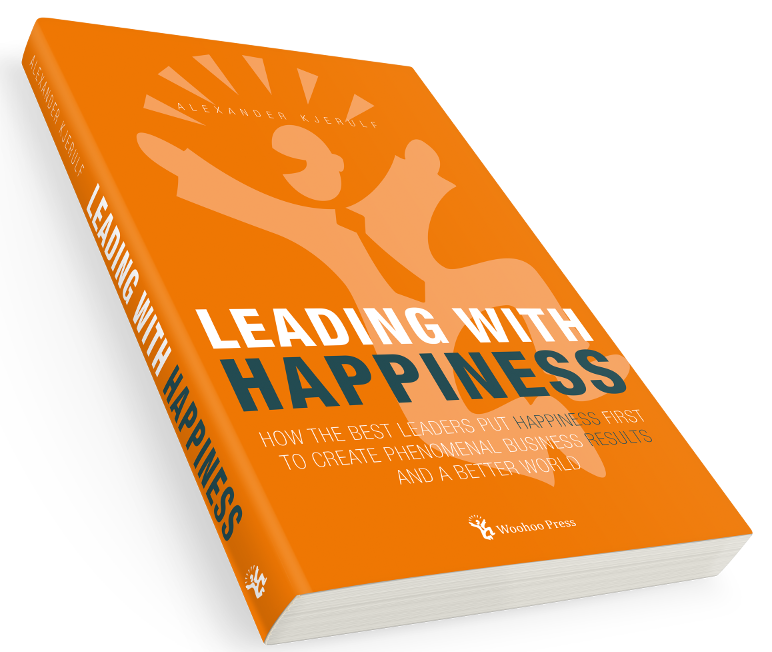
Sometimes the simplest things work the best, and this week’s happiness tips is one of the simplest we know:
Before you leave work, make a list of 3 things that made you happy at work today. It can be big things or small things, that doesn’t matter, just list 3 things that you enjoyed about work today.
It could be things like:
- We closed a big sale with a new client, that felt great
- A co-worker told me how much he appreciates working with me
- I had a great time at lunch with my team – everyone was laughing
We suggest making this list daily for a week and then switching to doing it only every Friday, where you list 3 things that made you happy that week. A study showed that making the list weekly rather than daily actually works better – possibly because you don’t tire of it as quickly.
This is one practice that seems almost too simple to work, but one study showed that if you do this for two weeks, you will be measurably happier for 3 months afterwards.
The reason why this works so well is probably that it helps us to actually remember the good things that happen to us during the work day. Normally our brains are subject to the phenomenon called negativity bias which means that we’re better at remembering bad experiences. If you’ve had 10 good experiences at work and one bad one, there’s a good chance that you’ll go home thinking about that one bad experience, which will make the day feel bad, though it was actually mostly a good day.
Pro tip: You can also apply the same tip at home. I’d just finished doing a speech for a client once, when a lady came up from the audience. She told me that she’d attended a speech of mine a few years earlier and that she’d implemented this tip with her family. Every evening around the dinner table, every person (herself, her husband and the two kids) have to list three things that made them happy that day. At first they found it to be a little weird, but now it’s something they all look forward to and she told me that her kids collect good experiences throughout the day that they can tell about at dinner.













